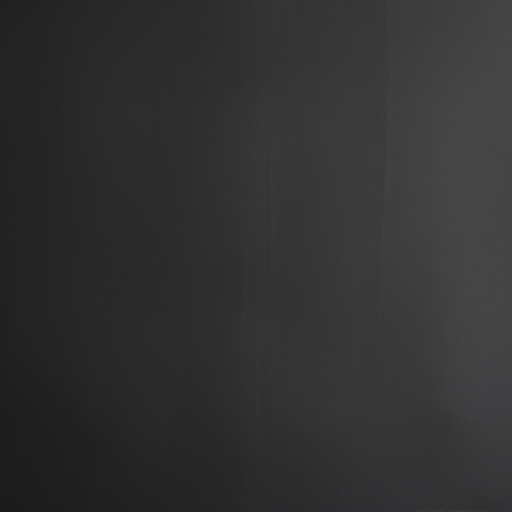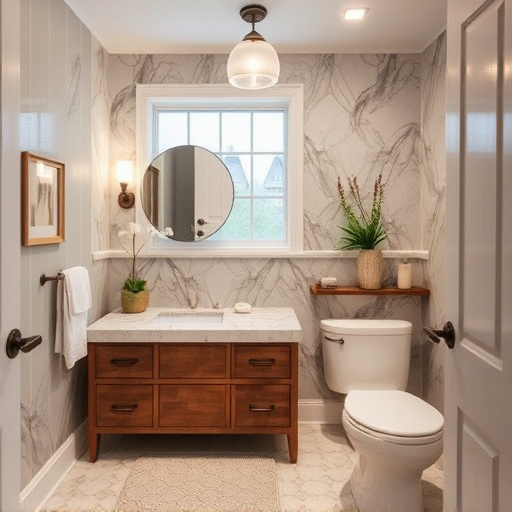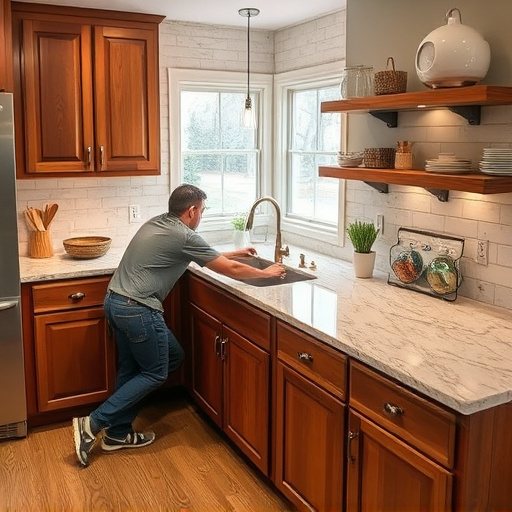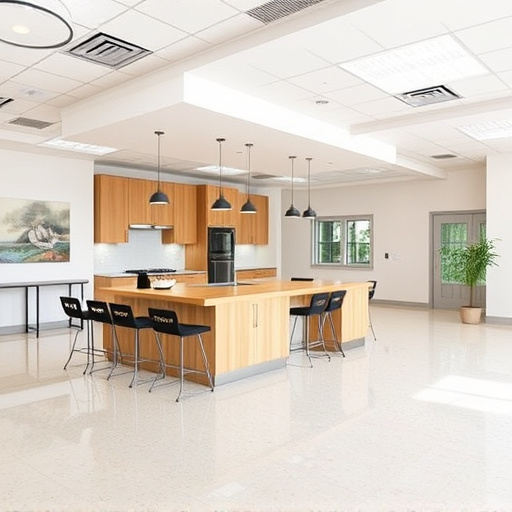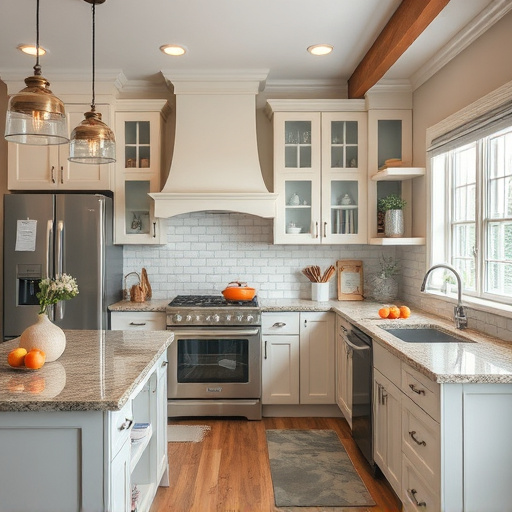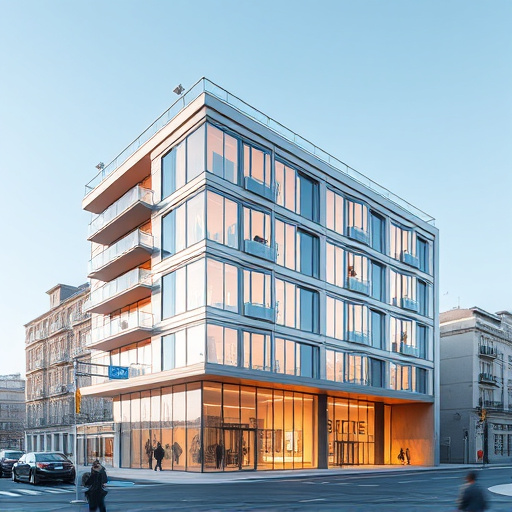Strategic office design leverages color psychology to enhance ambiance and productivity. Cool tones like blue foster calmness for collaboration, while warm hues boost energy in creative areas. Balanced palettes with nature-inspired colors promote well-being, and neutral shades offer versatility. This approach, crucial for home transformations, creates inspiring workspaces that cater to diverse tasks and personalities.
In the realm of office design, color is more than just aesthetics; it’s a powerful tool to influence productivity and atmosphere. This article guides you through strategic color implementation in your office space. We’ll delve into the psychology behind colors and how they impact employee well-being. Learn to create harmonious palettes and apply them to walls, furniture, and accents for a designed environment that enhances focus, creativity, and overall satisfaction. Discover the game-changing potential of color in your office design.
- Understanding Color Psychology in Office Spaces
- Creating a Harmonious Color Palette for Your Office
- Implementing Color Strategically: Wall Colors, Furniture, and Accents
Understanding Color Psychology in Office Spaces
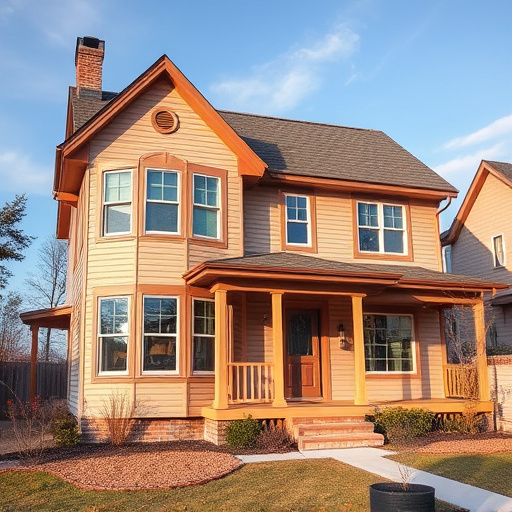
In the realm of office design, color plays a pivotal role in shaping the ambiance and influencing employee productivity. Understanding color psychology is essential when transforming spaces intended for work. Different colors evoke varying emotional responses, which can either foster a productive environment or create distractions. For instance, vibrant blues are associated with calmness and trust, making them ideal for collaborative areas to encourage communication. Meanwhile, warm tones like oranges and yellows can boost energy levels, suitable for break rooms or spaces encouraging creative thinking.
A strategic approach to color integration in office design involves considering the purpose of each space. Home transformations or renovation services that focus on office makeovers should aim to create a balanced palette. Incorporating nature-inspired colors can enhance well-being, while neutral shades offer versatility and a solid foundation for adding pops of accent colors. This thoughtful application of color not only contributes to aesthetically pleasing home improvement services but also significantly impacts the overall productivity and satisfaction of employees in their working environment.
Creating a Harmonious Color Palette for Your Office
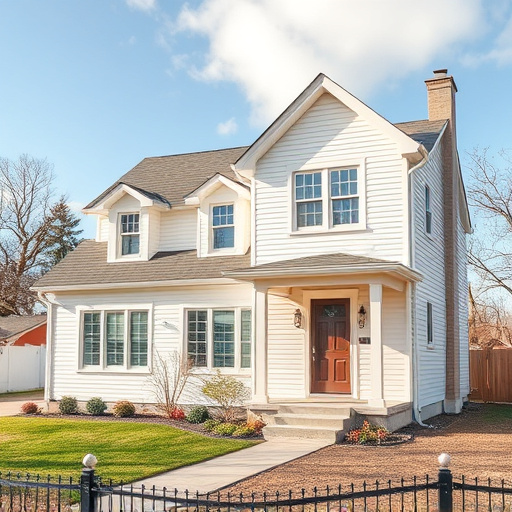
In office design, creating a harmonious color palette is an art that can transform your workspace into a productive and inspiring environment. Start by understanding your brand identity and the emotions you want to evoke in your employees and visitors. Cool tones like blues and greens are popular choices as they promote focus and calmness, ideal for collaborative spaces. Warmer hues such as oranges and yellows can boost energy and creativity, making them suitable for areas designed for brainstorming sessions or individual work.
Consider the psychological impact of colors when selecting your palette. For instance, red is associated with passion and urgency, but used sparingly in an office setting to avoid overwhelming senses. On the other hand, white and neutral shades offer a clean canvas, perfect for showcasing custom artwork or personalized touches that reflect the home improvement services and customized work that your office represents. This balance creates a visually appealing atmosphere that caters to various tasks and personalities within your customized home renovations.
Implementing Color Strategically: Wall Colors, Furniture, and Accents
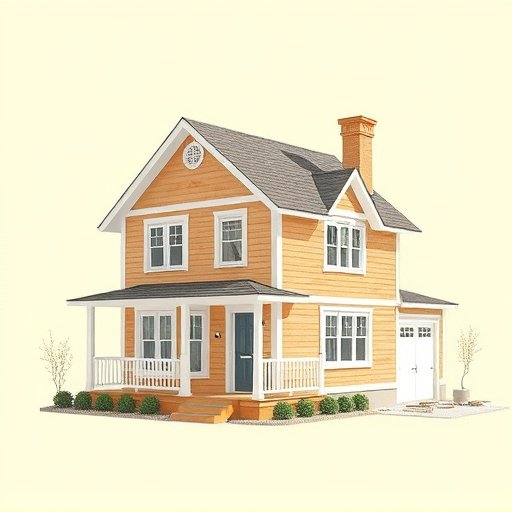
In office design, implementing color strategically is a powerful way to influence mood, productivity, and overall aesthetics. When planning your space, consider using walls as a canvas for inspiration, opting for calming neutrals or bold statements that reflect your brand’s identity. For example, a tech startup might choose vibrant hues to foster creativity, while a financial firm may lean towards more subdued tones for a sense of stability.
Furniture and accents also play a crucial role in this strategy. Incorporate colorful seating or accessories to create focal points and add energy to the room. A pop of color on a chair or a stylish rug can instantly transform a space, enhancing collaboration areas or break rooms into vibrant hubs of interaction. For those looking to undertake home improvement services or a home renovation involving multiple room remodel, integrating these color principles ensures an office design that not only captivates but also effectively supports the workflow and well-being of its occupants.
Incorporating color strategically into your office design is a powerful way to enhance productivity, foster collaboration, and create an inviting atmosphere. By understanding color psychology and choosing the right palette, you can transform your workspace into a harmonious environment that reflects your brand’s identity and meets the needs of your team. From calming neutrals to stimulating vibrant hues, each shade carries its own emotional resonance, influencing mood and performance. So, whether it’s through wall colors, furniture choices, or thoughtful accent pieces, don’t underestimate the impact of color in shaping your office design and cultivating a positive work experience.




